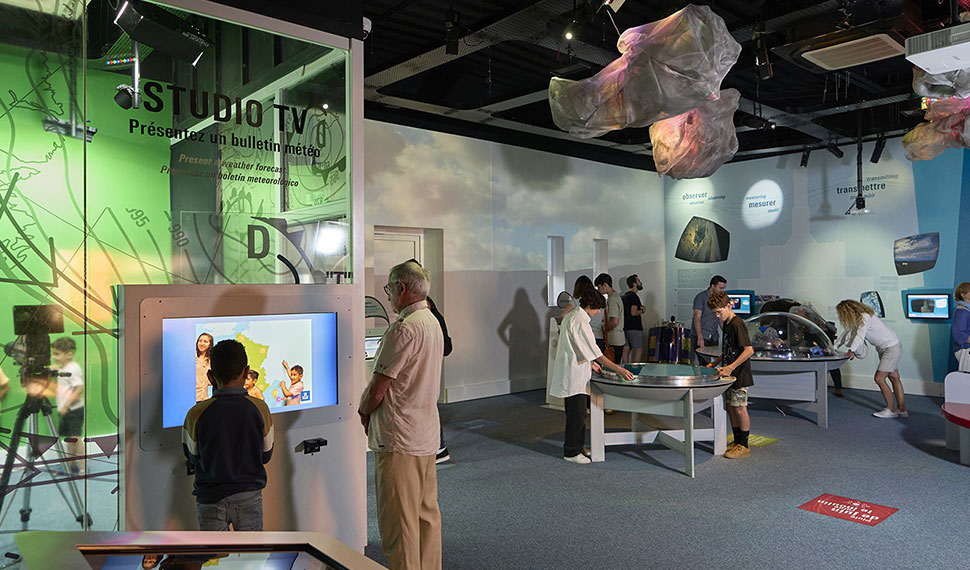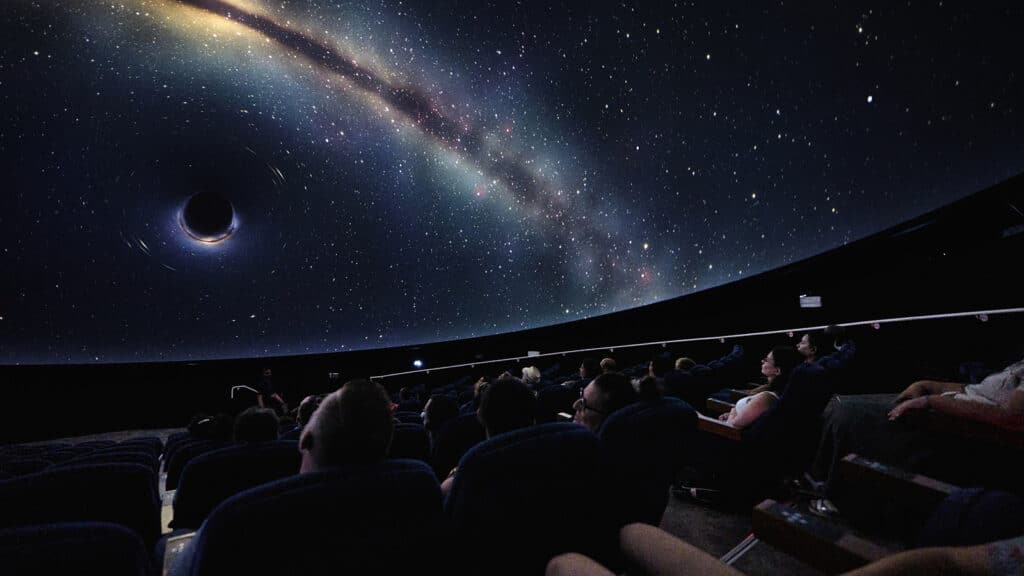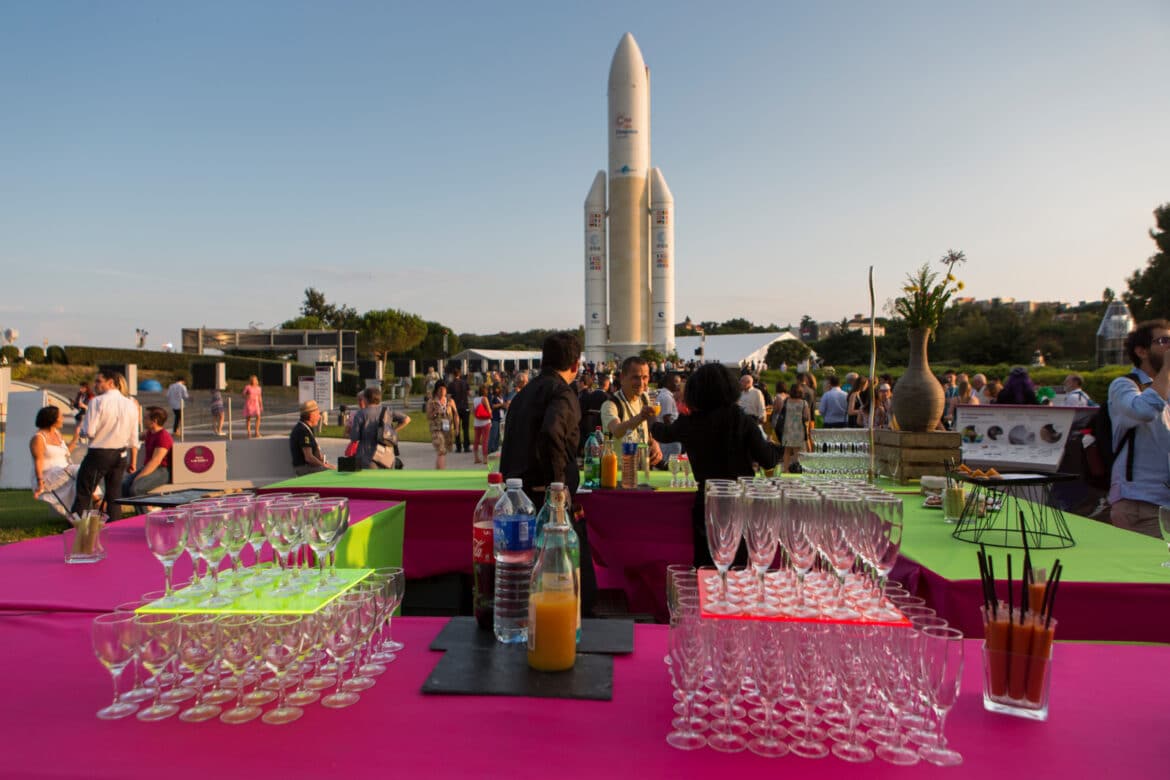Share
A Future Chinese Space Station: Launch of the First Section, Tianhe
Published on 28 May 2021
Tianhe, the first of the three sections of the future Chinese space station, Tiangong, was placed in orbit on Thursday 29 April, marking a new stage in the conquest of space by China.

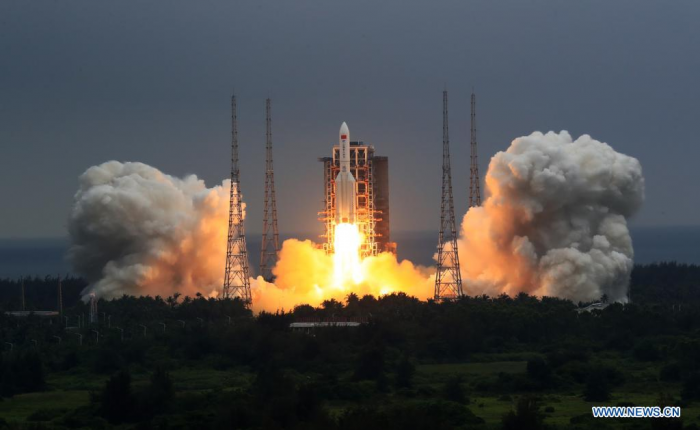
Launch on 29 April 2021 from the Wenchang Base (Hainan) of the first section, Tianhe, of the future Chinese space station, Tiangong
Credit: Xinhua/Ju Zhenhua
The module, with a mass of 22.5 tonnes at take-off, was launched from the Wenchang Launch Centre, on the island of Hainan, by the Long March-5B Y12 rocket. It will be joined in the next few months by the other two sections. They will make up the whole station, which will bear the name Tiangong (Heavenly Palace) and should be operational in 2022. This will be the third Chinese space station, after the two prototypes, Tiangong 1 and Tiangong 2, which were briefly occupied by crews in 2011 and 2016 respectively.
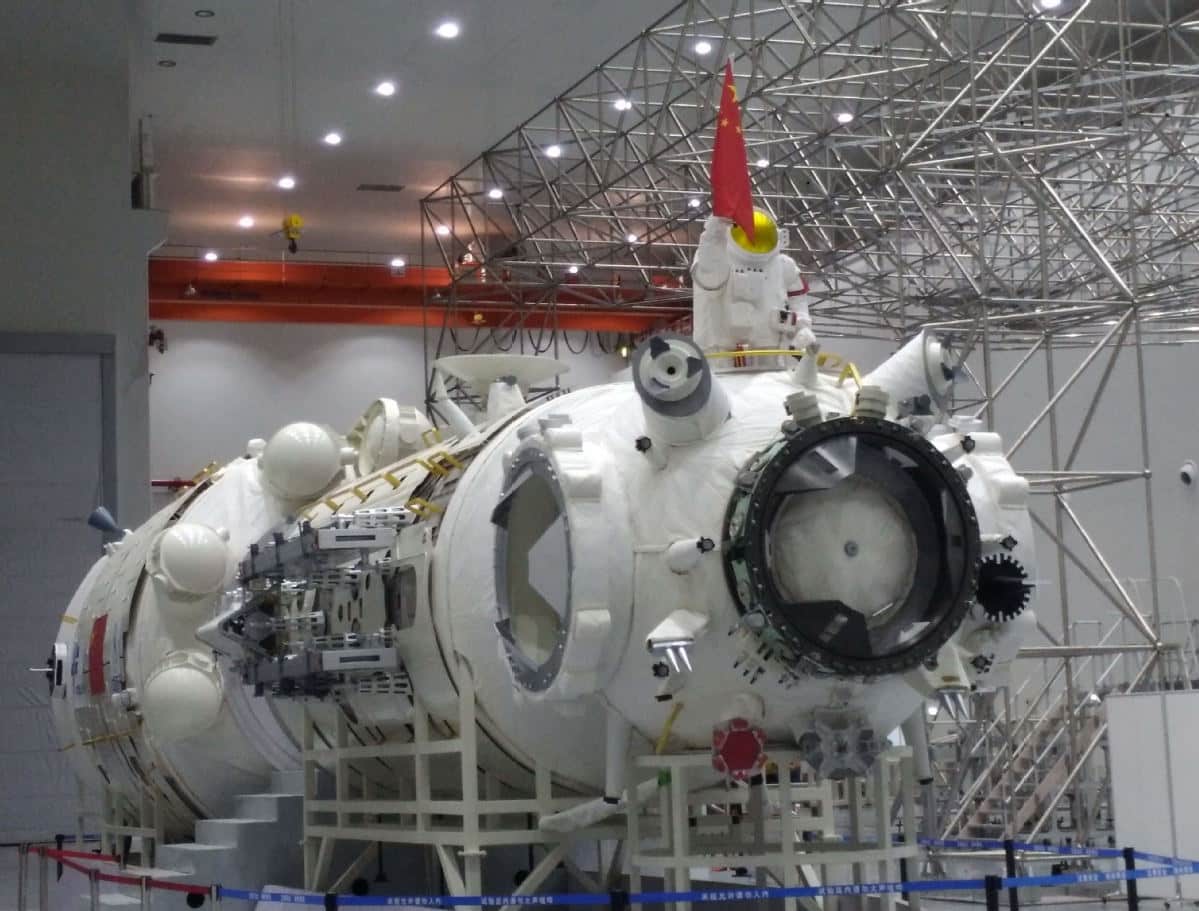
Preparation of the first module, Tianhe, of the future Chinese space station, which was put into orbit on 29 April
Credit: CMSA (China Manned Space Agency)
Tianhe, the biggest space device ever built by China and which will serve as a centre of management and control of Tiangong, is 16.6 metres long and 4 metres in diameter. It has a node to which three space ships can dock at one time, according to the station’s assistant designer at the Chinese Academy of Space Technology, Mr. Bai Linhou.
The other two sections, laboratory capsules of more than 20 tonnes each, will be placed on either side of Tianhe. With a planned lifetime of ten to fifteen years, Tiangong will orbit at an altitude of 340 to 450 km. For its part, the International Space Station (ISS), which Thomas Pesquet, the European Space Agency (ESA) astronaut, has just joined is at an altitude of 408 km.
TIANGONG: A SPACE STATION LABORATORY
Tiangong, which can accommodate three astronauts under normal conditions, and six for a rotation, will be used for “scientific, technological experiments with a large-scale application,” said Mr. Bai Linhou before the launch of Tianhe. It will also be used to “enrich technologies and experience for the future exploration by China of more distant space,” he said.
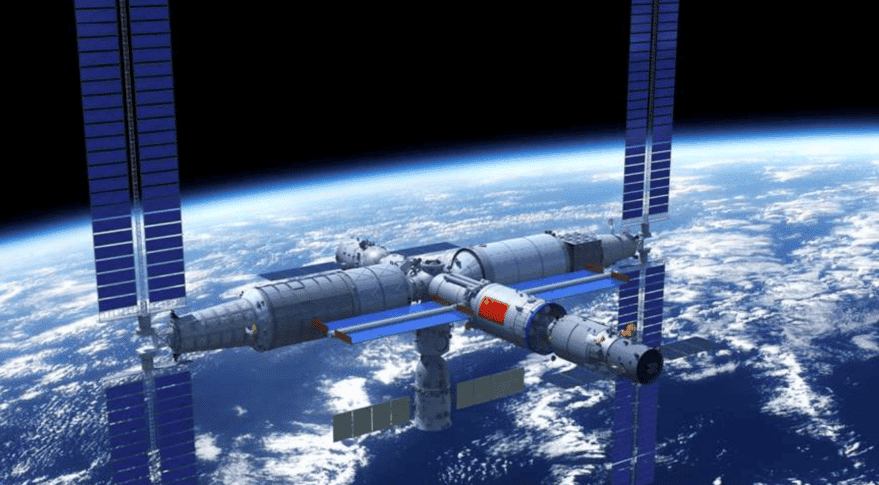
Representation of the future Chinese space station, Tiangong, the first section of which, Tianhe, was put into orbit on 29 April
Credit: CMSA (China Manned Space Agency).
According to the Chinese National Space Administration (CNSA), Tiangong, also known as CSS (China Space Station), will receive four manned flights, from a total of 11 launches (supplies, etc.). The Chinese Society of Science and Aerospace Technologies (CASC), for its part, announced in January that the launch of Tianhe would be followed by that of a cargo ship Tianzhou-2 and the manned shuttle Shenzhou-12.
TWO PROTOTYPES, TIANGONG 1 AND TIANGONG-2
The future space station was preceded by two prototypes, Tiangong-1 and Tiangong-2, which ended their missions by disintegrating over the South Pacific.
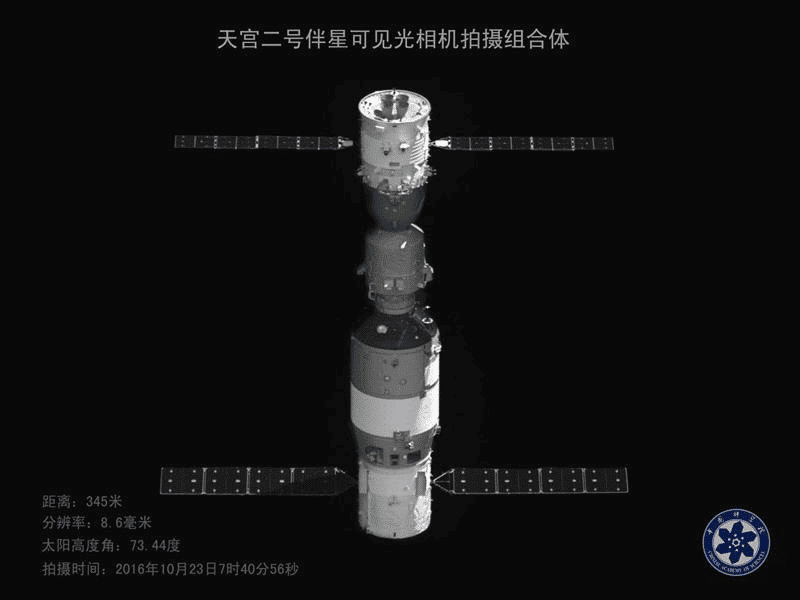
A view of the Shenzou space ship (top), docking with the Tiangong-2 space laboratory (bottom), taken on 23 October 2016 by the Banxing 2 micro satellite.
Credit: CCTV
Consisting of a single 8.5-tonne module, Tiangong-1 was launched in September 2011 and hosted two crews of three Chinese astronauts: Shenzhou-9 in 2012 and Shenzhou-10 in 2013 (each time two men and one woman).
Tiangong-2 was launched on 15 September 2016. With a mass of 8.6 tonnes, 10.4 m long and 3.35 m in diameter, it included two modules joined to one another: the experimental module, housing astronauts and payload, and the service module, with the propulsion system, in particular. During its mission 384 km above the Earth, it was boarded by a crew of two Chinese taikonauts, General Jing Haipeng and Chen Dong, on board the Shenzhou-11 craft.
